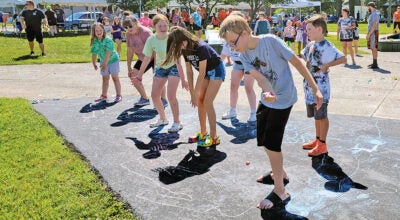County asks for disaster aid from June storm
Published 11:12 am Wednesday, August 29, 2012
The June 29 storm that ravaged the Tri-State knocking trees down onto roads and power lines leaving hundreds stranded without electricity has left cleanup costs for Lawrence County in the tens of thousands.
But with President Obama declaring the aftermath from those few hours that Friday a major disaster for Ohio, Lawrence County appears eligible for federal disaster assistance from the Federal Emergency Management Agency.
“We have a meeting with the state EMA Sept 4 to discuss the whole process,” County Engineer Doug Cade said.
So far charges for county engineer crews to clear away debris from county roads including wages and equipment totals approximately $50,000. Crews worked that weekend a total of 48 hours of overtime.
“For the first three days it was all overtime,” Cade said. “On Monday, Tuesday and Thursday it was regular time.”
Individual townships, the city of Ironton and villages are also allowed to apply for assistance. So far only four governmental entities have come forward with damage assessments. Lawrence Township said the storm racked up $900 in damages to clear woody debris and Perry Township reported $340 for protective measures. The village of Proctorville reported $2,950 in costs and the village of South Point $3,945, both for tree removal.
Also non-profits are allowed to receive assistance, which means Buckeye Rural Electric Cooperative is eligible but for-profit AEP is not. The cooperative reported $2,101 for repairing broken support poles and lines.
Six homeowners also reported losses from damaged roofs. None of them had insurance.
However, according to a EMA draft report these losses “did not appear sufficient to warrant an Individual Assistance Declaration or request for SBA (Small Business Administration) assistance.”
The federal government will pick up at least 75 percent of county, township and village costs with at least an additional and 12 and half percent coming from the state.
“The state has a law they will pick up half of the non-federal share,” Cade said.
“The great thing, especially with last year’s disaster that we continue to work on this year, the amount of money to clean up debris and restore power took away from the funds to match those funds from prior disasters. Thirty thousand dollars will match approximately $300,000 in projects that we bid.”





